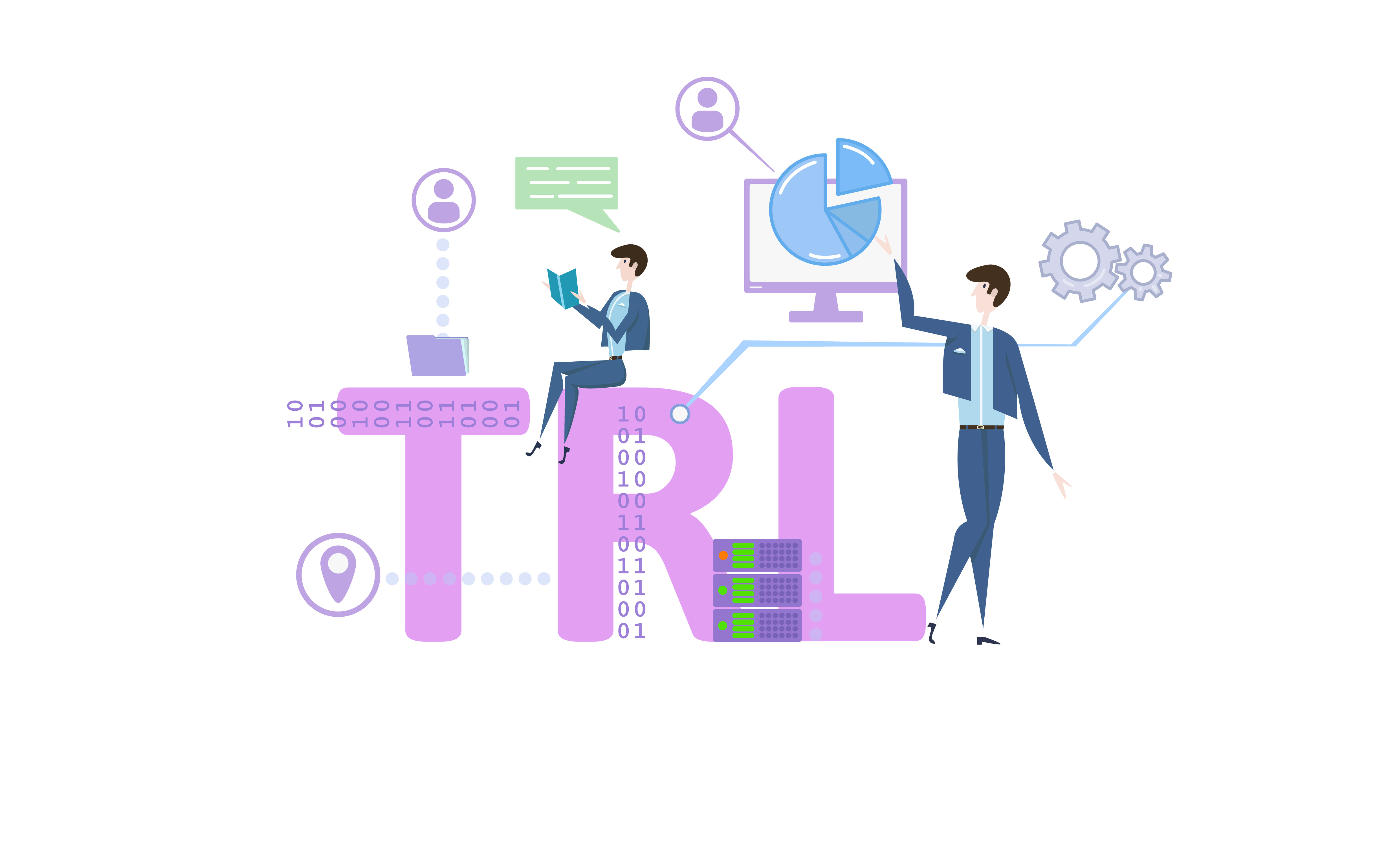Increasingly, in the world of start-ups and innovation, the identification of the TRL of the technology used is becoming a central issue for different purposes, such as accessing certain types of soft finance measures, participating in different incubation/acceleration programmes, or getting in touch with different investors.
But what exactly are TRLs? What are they used for? How to identify the TRL of a technology?
TRLs, an acronym for Technology Readiness Levels, are a methodology to identify the maturity level of a given technology or process. They are based on a scale of values from 1 to 9, where 1 represents the base of the scale and 9 represents the apex.
Below is the definition given by the European Community, in the document “Technology readiness levels (TRL), HORIZON 2020 – WORK PROGRAMME 2018-2020 General Annexes, Extract from Part 19 – Commission Decision C(2017)7124”, for each of the 9 levels identified, and a more in-depth discussion of each level.
TRL 1: “observation of the basic principles of technology”. The basic principles of the technology have been identified and documented from a theoretical point of view. The objective must be to understand the material or process analysed in full. The best example for this type of level are scientific papers.
TRL 2: “formulation of the technological concept”. The research moves from a basic step to an applied step. Practical applications of the technology are identified. This level often ends with the filing of a patent.
TRL 3: “experimental proof of concept”. TRL 3 aims to verify that the technology and concept work as intended, through the initiation of research and development activities. The components of the technology are validated. It includes initial laboratory studies and measurements to validate the analytical predictions of separate elements of the technology. Examples include research on materials, components or processes that have not yet been integrated.
TRL 4: ‘laboratory validated technology’. An initial prototype is built to demonstrate the technology, its function, and results in the laboratory. The objective of TRL 4 is to determine whether the individual components are able to work together as a system.
TRL 5: “technology validated in a relevant (or industrial) environment”. The technology is applied in different fields and environments through the laboratory prototype, and brings back the expected results. The basic technology components are integrated so that the system configuration is similar (matches) the final application in almost all aspects. The scientific risk must disappear at the end of TRL 5. The results presented must be statistically relevant.
TRL 6: “technology demonstrated in a relevant (or industrial) environment”. An engineering prototype is built, through which the results of the technology are demonstrated in different environments and relevant or industrial settings. This is the beta version of the product produced. With TRL 6, the real engineering development of the technology as an operating system begins. The aim of TRL 6 is to reduce engineering risks.
TRL 7: ‘Demonstration of the prototype in an operational environment’. The prototype is tested in operational environments, and its production process, which should be the final one, is also tested, as is the design. The aim of this level is to eliminate engineering and production/industrial risks.
TRL 8: “complete and qualified system”. The prototype is completed and has proven to function in its final form and under the expected conditions. The delta of product performance compared to plan needs to be highlighted, and plans developed to close any gap. Exact production costs are identified. In almost all cases, this level represents the end of the development process.
TRL 9: “system demonstrated in real operating environment”. The technology enters the market: production starts, first sales begin.
If you would like to learn more about this topic, or if you are interested in one of our services for your company, please do not hesitate to contact us. One of our experts will be able to help you.
The BizPlace team


